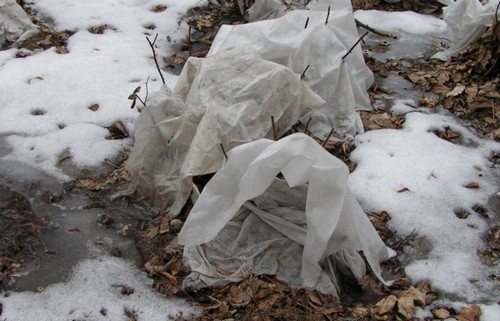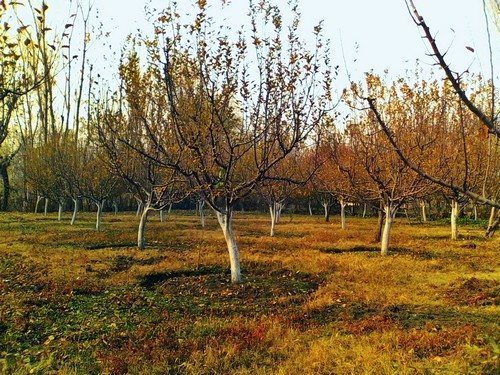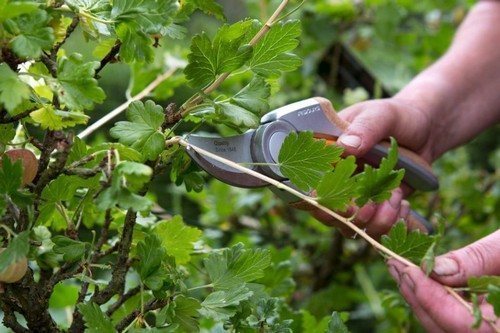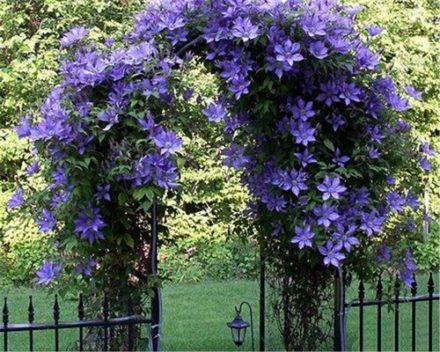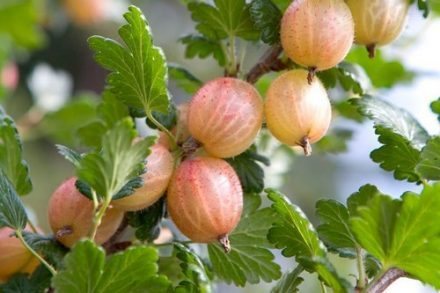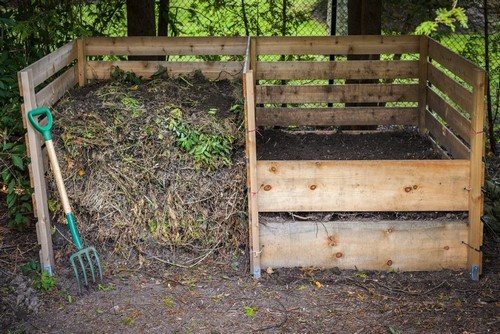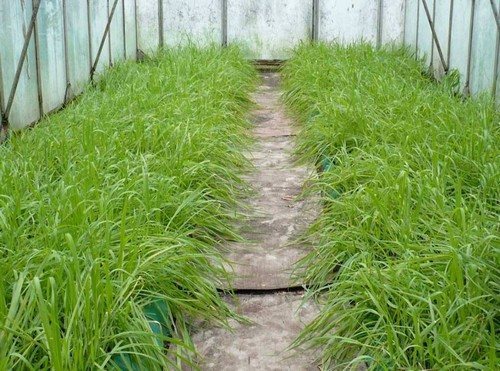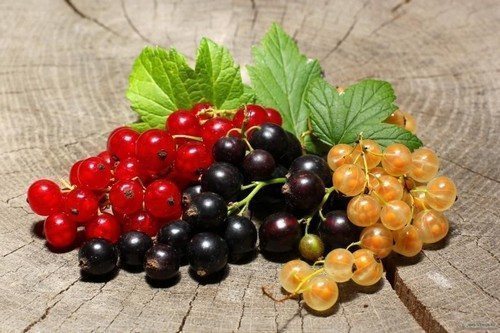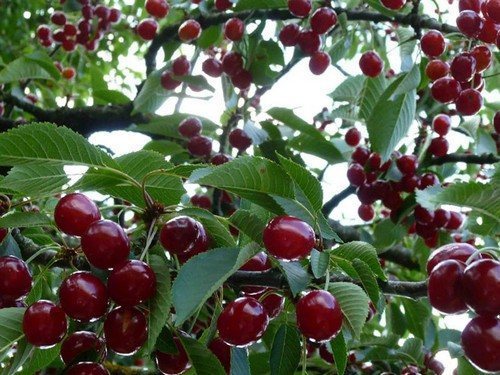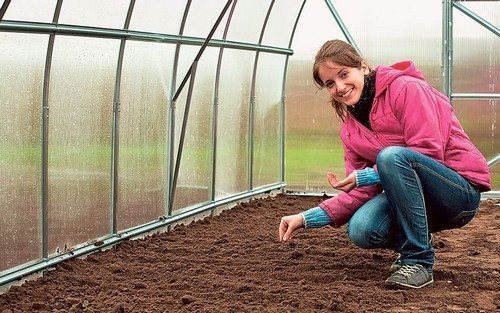Autumn is the time for basic care of gooseberries, which determines the duration and volume of fruiting. High-quality care after the final harvest allows the plant to direct its energy to recovery and prepare for hibernation. This article will tell you how to process and provide favorable conditions for gooseberries during the winter months.
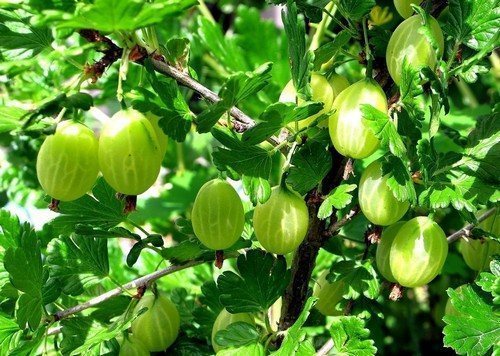
Pruning
Pruning the bush in the autumn months is carried out in two stages. The first is carried out immediately after harvesting and is of a sanitary nature. Dry, dark branches with signs of damage or pests are cut off. The second stage is carried out after the leaves have completely fallen off the bush, this happens around the end of October - beginning of November before the negative temperature sets in. Such pruning forms the crown of the bush, does not allow the plant to grow and shade itself. The lower branches are necessarily cut off, they do not receive enough heat and sunlight, practically do not bear fruit, the plant wastes energy on maintaining their life. The branches in the crown growing in the center of the bush are thinned out. Excessive density and tangled branches prevent the fruits from ripening on time. Pruning old branches from 5 years and older creates a rejuvenating effect, allowing the gooseberry to release new shoots in the spring.
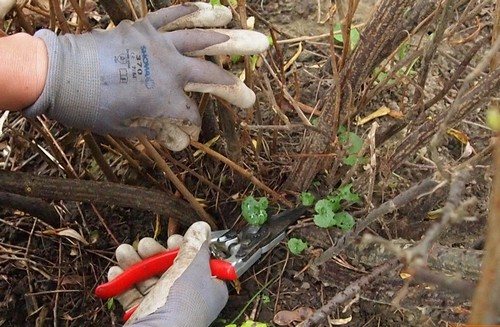
Soil cultivation
The soil under the bush must be cleared of debris from fallen leaves and berries, which is recommended to be burned outside the site. Weed out the weeds.The cleared soil is carefully loosened with a hoe to a depth of no more than 6 cm, so as not to damage the gooseberry roots. This procedure allows you to get rid of pests buried in the foliage and larvae buried in the ground, which, when loosened, end up on the soil surface and die with the first frost. Then the ground under the bush is covered with a mulch layer, which serves as insulation for the root system and maintains soil moisture and looseness. Humus, compost, fir cones, pine sawdust, and straw are suitable for mulch.
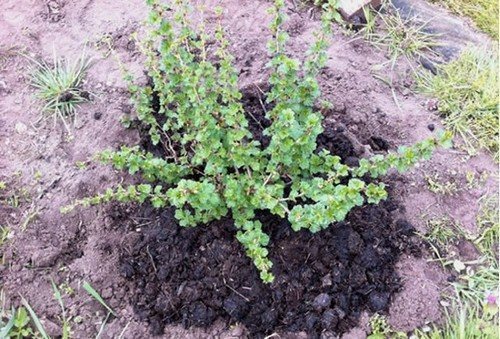
Watering
Before hibernation, gooseberries need to restore their water balance. Branches saturated with moisture are easier to tolerate frost and do not dry out or break. If it rains every other day or two, the gooseberries will have sufficient natural moisture. In dry autumn, it is recommended to pour about 30 liters of water under the base of the bush.
Pest treatment
Branches trimmed and cleared of foliage must be treated against parasites and diseases. Copper sulfate 3% destroys fungal spores, a 5% solution of baking soda will get rid of powdery mildew, fungicide preparations have a complex effect on the pathogens of powdery mildew, leaf rust and anthracnose.
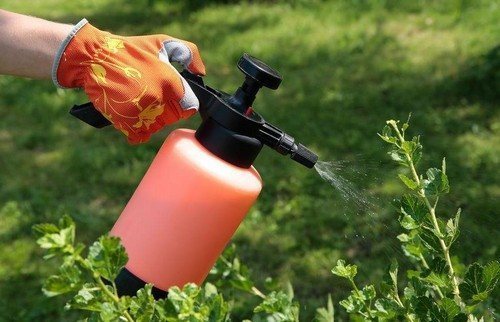
Top dressing
After abundant fruiting, gooseberries need feeding. Phosphorus-containing fertilizers allow the bush to form a sufficient number of buds to grow green mass in the future, allow the shoots to grow stronger, the wood to ripen, and the gooseberry to withstand frosts more easily. Lack of phosphorus affects the sugar level of future fruits.Without potassium, gooseberry berries become smaller and do not have time to ripen on time, the leaves become streaked and die. Humus and compost enrich the crop with nutritious organic substances. Wood ash contains not only phosphorus and potassium, but also fights pests in the soil.
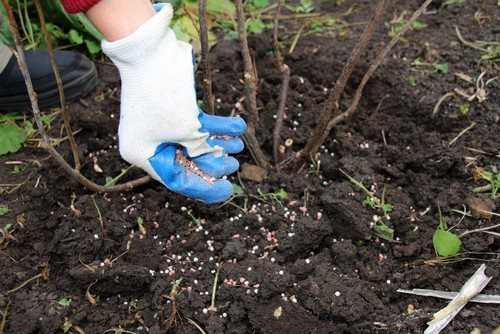
Shelter
A mandatory step in preparing gooseberries for the winter is shelter, especially for regions with cold winters. The branches of the bush are tied and covered with agrofibre or covered with a dense layer of straw. It is recommended to rake the first snow that falls under the base of the bush, insulating the roots.
